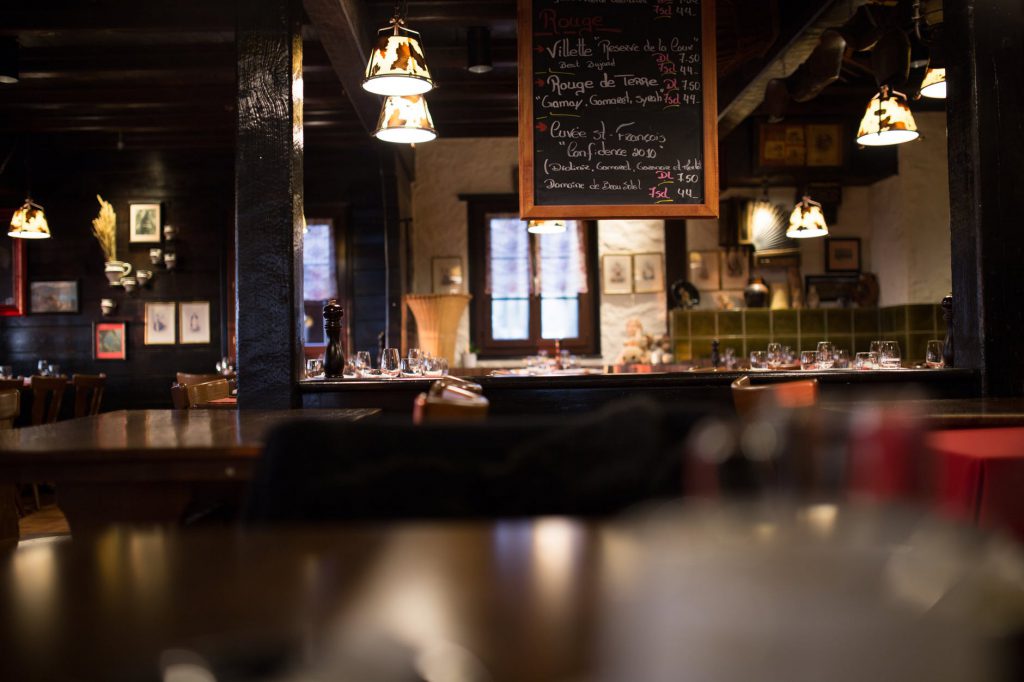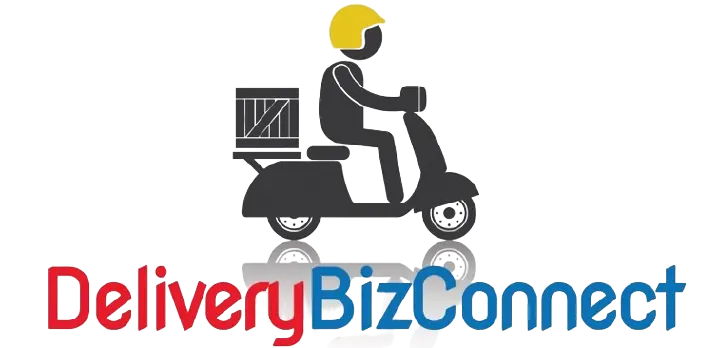
There are 5 delivery trends to watch for this year, particularly in the food delivery industry which is estimated to be worth more than $200 billion by 2025. The global health crisis has created a major shift on how we do business and restaurants have taken big bold steps to stay relevant.
Here are 5 delivery trends that will change the way we look at food industry in the years to come.
Delivery Apps
Big brands control pretty much the entire food delivery market. DoorDash (46.5%) is up top followed by Uber Eats (25.7%), Grubhub (22.8%), and others (3.0%) according to Edison Trends. More restaurants will jump into the bandwagon in the foreseeable future, and it’s not hard to see why.
Food delivery and curbside pickup seem like the only way restaurants could ever hope of earning a decent income during this pandemic. It’s incredibly hard, if not impossible to profit with restaurant check-ins at only half the capacity. But while delivery apps do keep our restaurants on track, they also come at a hefty price (10-30% commission fees).
Customers also like the fact that they don’t have to wait long lines or risk catching the bug along the way. Depending on how well the restaurant and delivery service are, the experience should almost be the same as in the restaurant. But again, there’s a price to pay for all the convenience of using the app – and it’s not cheap.
Fortunately, many restaurants are starting to find more competitive ways without relying on third-party delivery apps. Some options include offering their own online orders for curbside pickups or even doing staff deliveries.
The problem with most restaurants is they don’t know where to start and they need to somehow make these different pieces to work together. (Think restaurant website, online menu, payment processor, mobile app, driver app, CRM, automation, POS, etc.) Done correctly, you can almost guarantee success in a little less than a month.
This also means fewer outlays and less markups so it’s a win-win for both you and your customers.
Doing Your Own Delivery
Restaurants already doing food deliveries got the upper hand during the onset of the pandemic. Those who didn’t were caught off-guard, but it became a wake-up call for everybody. Pretty soon, almost every restaurant is doing food delivery in one form or another like hiring delivery drivers, using third party delivery apps, or a combination of both.
However, nothing beats doing your own deliveries. The problem with third-party delivery apps is you have no control what happens after the food leaves your kitchen. You may have the best fries in town, but who knows if they will arrive a soggy mess or not.
Another reason why staff deliveries are becoming increasingly popular among restaurants is the cost. Staff deliveries are way cheaper compared to using third-party delivery apps. This, of course, doesn’t take into account marketing, cloud storage, and maintenance costs which are often bundled into the delivery app.
For most traditional restaurants, it’s just old-school telephone, paper and pen for taking orders, and a trusty old bike or scooter for deliveries. Rather slow compared to high tech delivery service with all the automation and guidance systems. Imagine if they had the systems in place and started taking online orders vs. just walk-up and phone orders. I could only think of sales doubling or tripling in less than a month.
Now we mentioned cost and why people are slowly moving away from third-party delivery apps. One thing we noticed is that some of these apps ask for the 30% even when the customer came to pick it up or you delivered the food yourself. It doesn’t make any sense.
We figured out a way to accomplish the same (and more) without you having to break the bank using DeliveryBizConnect should you decide to start doing your own deliveries.
Virtual Restaurants (Cloud Kitchens)
Another trend we’ll see in the food delivery industry is the rise of the so-called “virtual restaurant” or “cloud kitchen.” As you might have guessed, these restaurants don’t have a physical presence. You won’t find them on Google Maps, and if you do, they’d only do takeouts and curbside pickups. They exist mainly for online orders and deliveries.
There’s a couple of reasons why virtual restaurants are becoming more popular among restaurant startups. Cost is a big one. The upfront cost is significantly lesser compared to opening a physical storefront. The same goes for overhead costs.
Another reason is the low barrier to entry. Anyone who has a knack for a particular type of cuisine can start his own cloud kitchen. Set up your home kitchen, hire some extra set of hands, partner up with a delivery service, sign a few papers, and that’s it. You’re in business.
Cloud kitchens also have the option to expand, opening physical storefronts, after attracting a large market. So there’s plenty of options to go around with all the flexibility and nimbleness that virtual restaurants have. However, there are some caveats to be aware of.
Cloud kitchens rely heavily on third-party delivery apps – everything from customer acquisition, online orders, payments, and deliveries. Their whole business depends on it. In other words, any sudden change in the system, like fees, rankings, or algorithms can have a dramatic effect on their businesses.
The solution? Create your own system. Make the business truly yours by building your own personal brand whether it’s through virtual restaurant websites, mobile apps with your own personal branding, driver app for your own fleet of drivers, CRM, loyalty programs, automated newsletters and a host of other features.
Now, this might all sound like a lot, but we have created a system that lumps it all together in one complete package (DeliveryBizConnect), so you won’t have to go around and try to fit them all together yourself.
Delivery Optimized Menu
Customer behaviour has changed a lot since the pandemic. People eat out less often. They get their food online, and restaurants do their best to make it feel like a real restaurant experience. You don’t want them waiting too long to get their food and they should arrive hot and fresh.
Restaurants might have to cut back on certain menu items that don’t travel well or take too long to prepare and cook. Or, at least, they should be able to make some modifications to make them delivery-friendly. Some popular examples include casseroles, lasagna, burrito, deli sandwiches, marinated protein, chicken wings, burger, fries – somewhere along those lines.
Another option to optimize the menu for delivery is tweaking the food so it locks in all the goodness and stays crisp throughout the trip. For instance, make French fries a bit thicker than usual, or make your batter a lot crispier for your chicken wings so they arrive kitchen perfect when they get there.
Needless to say, you need to be as fast as possible using the quickest route for your food delivery. Popular apps like Uber Eats and Grubhub have this sorted out using a delivery optimized driver app. To date, Uber Eats holds the record for being fastest in terms of food delivery.
DeliveryBizConnect lets you do just that but with more features than you could imagine for the same price range.
Grocery Delivery
Another trend to watch out this year is the grocery delivery service. Think Amazon Fresh, Instacart, and FreshDirect. It’s a welcome option, especially for those who prefer traditional home-cooked meals over delivery-optimized food. It also allows for more freedom on your daily menu without having to leave home or spend hours waiting in the check-out line, increasing the risk of infection.
Grocery delivery experienced an uptick in places where people were mostly cooped up due to quarantine restrictions. But with the economy re-opening, people might revert to buying their groceries in-store.
As of now, it’s hard to tell whether we would come out of this completely, or it is something we’ll eventually get used to as part of our new reality. Good to know we can still get our groceries done, just in case, through these grocery delivery apps.
Need Small Business Advice?
We want to reach out and talk with you through our FREE 45-minute business consultation where we can discuss some solutions to get you through the pandemic.
We layout every possible means to keep you in business, whether it’s through LinkedIn, Facebook, Twitter, email series, sales funnels, landing pages or business directories.
Download SBD Sales and Marketing Automation App for your mobile and keep tabs on your business in the comfort of your homes.
